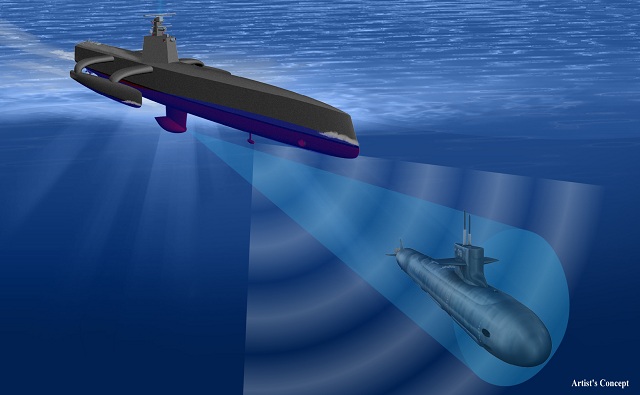The
RFI invites short responses (5 pages or fewer) that explore some or all
of the following technical areas: » Maritime Perception Sensors: Any combination of non-radar-based imaging and tracking methods, including, but not limited to, passive and active imagers in the visible and infrared wavelengths and Class 1 Laser Rangefinder (LRF) and Flash LIDAR to image ships during day or night in the widest variety of environmental conditions, including haze, fog and rain, over ranges from 4 km to 15 km » Maritime Perception Software: Algorithms and software for detection, tracking and classification of ships by passive optical or non-radar active imagers » Classification Software for Day Shapes/Navigation Lights: Algorithms and software to support detection, tracking and classification of day shapes and navigation lights—standard tools that vessels use to communicate a ship’s position and status—by using passive optical or non-radar active imagers DARPA’s Anti-Submarine Warfare (ASW) Continuous Trail Unmanned Vessel (ACTUV) program seeks to develop a new type of unmanned surface vessel that could independently track adversaries’ ultra-quiet diesel-electric submarines over thousands of miles. One of the challenges that the ACTUV program is addressing is development of autonomous behaviors for complying with the International Regulations for Preventing Collisions at Sea, known as COLREGS. Substantial progress has been made in developing and implementing those behaviors. Currently, ACTUV’s system for sensing other vessels is based on radar, which provides a “90 percent solution” for detecting other ships. However, radar is less suitable for classification of the type of other vessels, for example determining whether the vessel is a powered vessel or a sailboat. Additionally, one of the requirements of COLREGS is to maintain “a proper lookout by sight and hearing.” |
|||
DARPA Issues RFI for ACTUV and Future Unmanned Surface Vessel Programs
- Posted On











